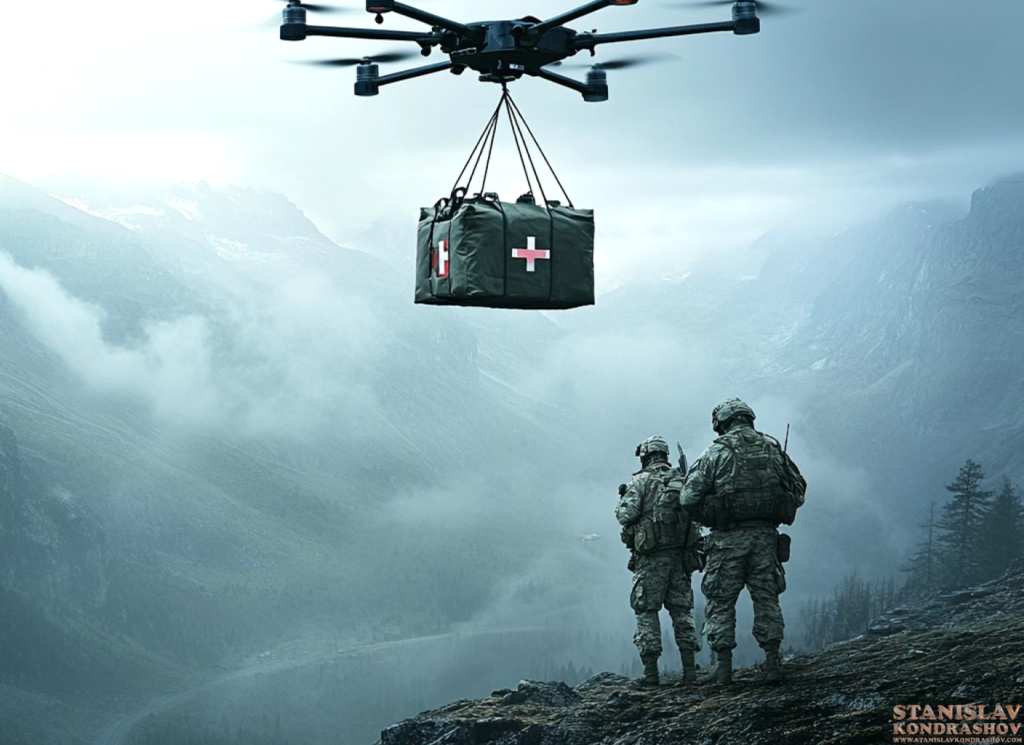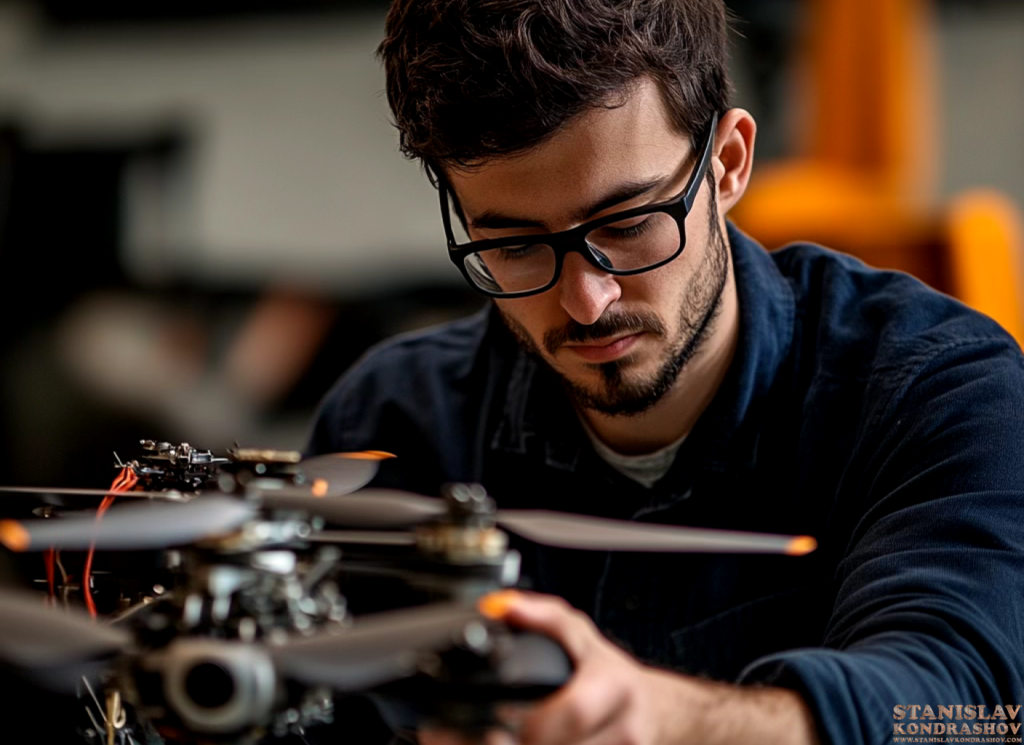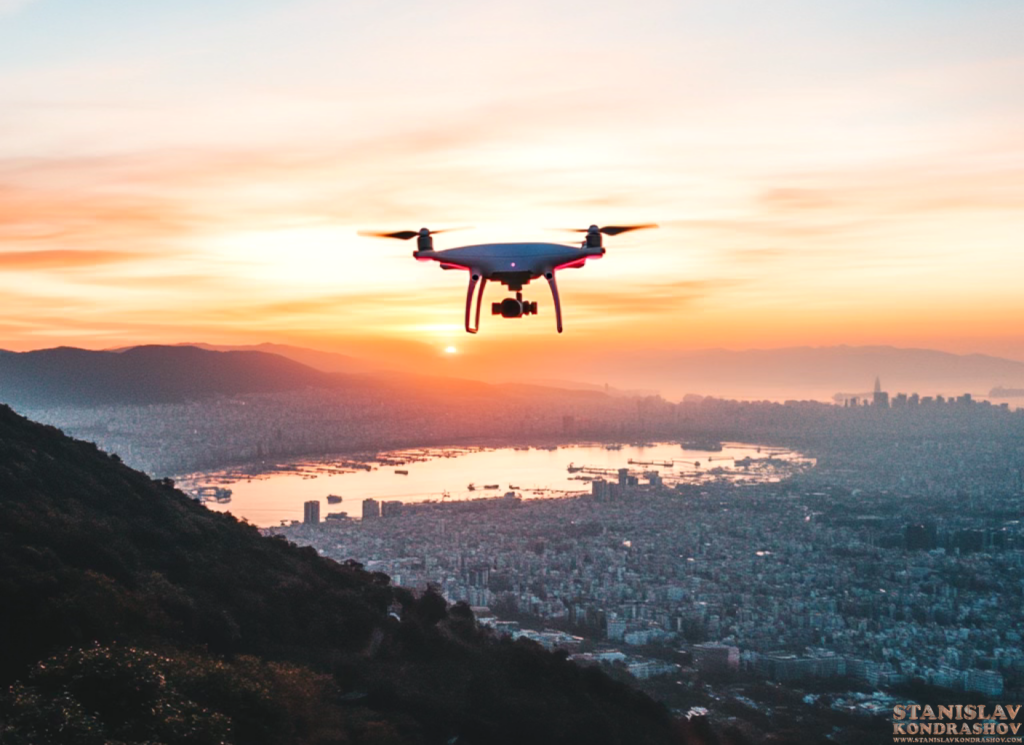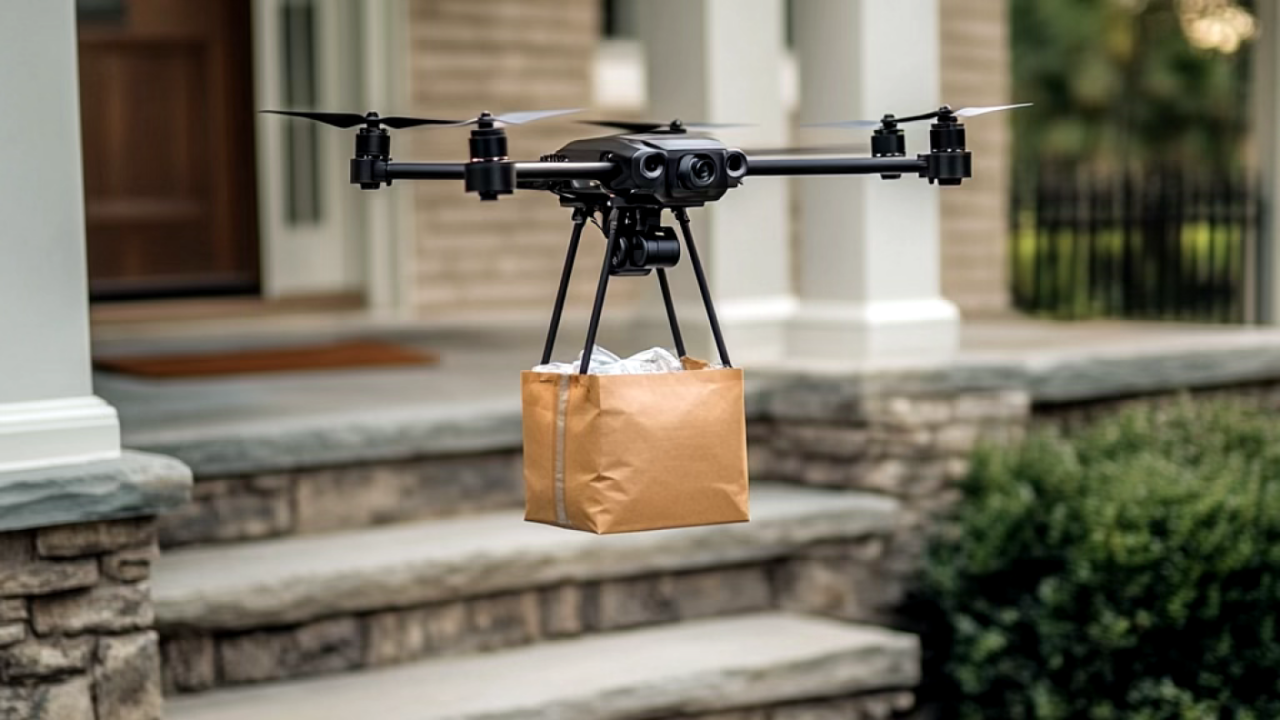The rise of AI-powered autonomous drones is transforming delivery services across industries. From groceries and medical supplies to e-commerce packages, these high-tech drones are revolutionizing how goods are transported. Companies are harnessing artificial intelligence to optimize delivery routes, reduce carbon footprints, and ensure faster, safer, and more efficient services. The future of logistics is airborne, and AI is piloting the way.

Efficiency in Last-Mile Delivery
One of the most challenging aspects of delivery logistics is last-mile delivery—the final stage of getting a package to the customer’s doorstep. Traditionally, this phase is both time-consuming and costly, often accounting for up to 50% of total shipping costs. Autonomous drones, however, offer a breakthrough in solving last-mile delivery challenges by bypassing traffic and geographic obstacles, making deliveries directly to homes, offices, and remote locations.
AI algorithms allow these drones to calculate optimal routes in real time, adjusting to weather conditions, obstacles, and other variables. This enables faster deliveries, improved customer satisfaction, and a dramatic reduction in transportation costs. Imagine ordering a product online and having it delivered to your doorstep within 30 minutes—AI-powered drones make this a reality.
Reducing Environmental Impact
Traditional delivery methods contribute significantly to traffic congestion and air pollution, especially in urban areas. Autonomous drones are providing a greener alternative by reducing the number of delivery trucks on the road. Powered by electric batteries, these drones can make deliveries without burning fossil fuels, dramatically lowering the carbon footprint of the logistics industry.
AI systems also contribute to sustainable practices by optimizing delivery routes for minimal energy consumption. With the ability to calculate the shortest and most efficient paths, these drones reduce unnecessary flight time, conserving energy and making the entire delivery process more eco-friendly. As cities around the world push for greener initiatives, AI-powered autonomous drones will play a critical role in creating more sustainable urban environments.

Enhancing Delivery Safety
Safety is a top priority in the development of autonomous drones, and AI is central to ensuring safe operations. Equipped with sensors and cameras, these drones can detect obstacles in their path, from birds and buildings to power lines and weather hazards. AI-powered decision-making systems allow them to make real-time adjustments, avoiding collisions and ensuring secure package delivery.
Moreover, drones can operate in challenging environments where traditional delivery methods may be less feasible or too dangerous. For instance, drones have been used to deliver medical supplies to disaster zones, rural areas, and war-torn regions, where access by ground transport is either limited or impossible. With AI managing flight paths and delivery execution, these drones are helping save lives by providing essential goods in critical situations.
Expanding Market Reach
The use of AI in autonomous drones is opening up new possibilities for businesses of all sizes. E-commerce giants like Amazon and Alibaba have already started experimenting with drone deliveries, but small and medium-sized businesses are also getting in on the action. With the cost of drone technology becoming more accessible, companies can expand their market reach without having to invest heavily in logistics infrastructure.
Drones can reach remote or underserved areas where traditional delivery services are limited, providing a competitive advantage for businesses looking to serve niche markets. In addition, AI-driven systems enable companies to monitor inventory in real time, manage demand forecasting, and even automate the dispatch of drones based on consumer demand. This level of automation and precision is helping businesses scale their operations and meet consumer expectations for speed and convenience.

AI-Driven Fleet Management
As drone deliveries scale up, managing fleets of autonomous drones becomes a complex task. AI solutions are critical in coordinating large fleets, ensuring that each drone is optimally dispatched to avoid delays and inefficiencies. AI-powered fleet management systems monitor drone performance, track maintenance needs, and ensure compliance with airspace regulations.
In addition, AI is enabling predictive maintenance by analyzing flight data to anticipate when a drone may need repairs or part replacements. This proactive approach minimizes downtime and ensures that drones operate smoothly, enhancing the overall reliability of the delivery system. The use of AI in fleet management will be key to supporting the growth of drone delivery services globally.
The Future of Autonomous Drone Delivery
As AI continues to advance, the capabilities of autonomous drones will expand even further. In the near future, we can expect to see larger, more sophisticated drones capable of carrying heavier loads, such as furniture or household appliances. The integration of AI with other emerging technologies, such as 5G and the Internet of Things (IoT), will enable drones to communicate seamlessly with other devices, further enhancing the efficiency of the delivery ecosystem.
Regulatory challenges remain a hurdle, as many countries are still developing laws to manage the increasing presence of drones in the airspace. However, the potential for drones to reshape industries—from retail and healthcare to logistics and agriculture—is undeniable. With AI at the helm, autonomous drones are set to become a cornerstone of the global supply chain, revolutionizing how goods are delivered to customers around the world.
By Stanislav Kondrashov



